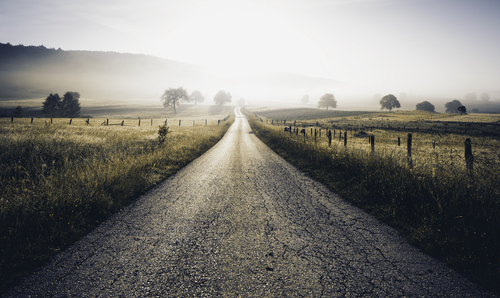
Land is a constantly changing canvas and can be used in an enormous range of ways, from farming to roads, residential to commercial or industrial. It is an invaluable resource for people, who are always evolving and dreaming up new ways to use both the urban and rural landscape. As our population grows, the world’s need for usable land becomes more and more of a priority. From clearing land for commercial or agricultural use to expanding a city’s suburban reach, land has become one of the world’s most valuable commodities.
Rural land can be defined as pretty much any area outside the perimeter of a city or town, as well as its affiliated urban sprawl. Large tracts of land are usually cleared and utilised for farming and agriculture in rural areas, and the smaller towns within these large land pockets are also often seen as part of the rural or regional landscape. However, not all rural land is developed by people – in fact, much of it remains as Mother Nature intended. Rural land also includes forests, national parks, deserts, mountains and valleys. Even river lands and lake shores make up some of all the different ways we can define the rural landscape.
There is an almost endless array of ways that people utilise rural land. These can range from industrial-level agricultural use (such as market gardens, crops, vineyards, orchards and the large-scale farming of cattle, sheep and poultry) to smaller, more boutique farming approaches (such as the raising of exotic breeds, free-range, farm forestry or other niche farming methods). However, agriculture is not the only way we use rural land. It is also used for mining, eco-tourism, and the creation of dams and lakes for large-scale water storage. We also make use of rural land that has not been developed at all, such as bushland, rivers and forests, for leisure pursuits that include fishing, boating and camping.
There is a range of factors that influence the ways in which we use land.
The physical characteristics of a piece of land affect how we use it, such as the soil fertility, soil drainage properties, whether the land is flat or has a sloped area, its aspect (which means the compass direction in which the slope faces), whether the land has a viewing point or attractive scenery surrounding it, and if there is any mineral potential on the site.
Economic factors also need to be considered, such as how far the land is from markets so that perishable crops can be delivered punctually, and the financial demand for different ways to use land.
The social factors that influence the use of land can include population size, as well as legislation and Government policies on expansion and usage. Environmental factors are also important factors to consider.
Rural settlement issues that arise are often far more complicated than a normal residential property settlement. Crescent Conveyancers are experienced rural settlement agents and can help guide you through this sometimes-confusing process.